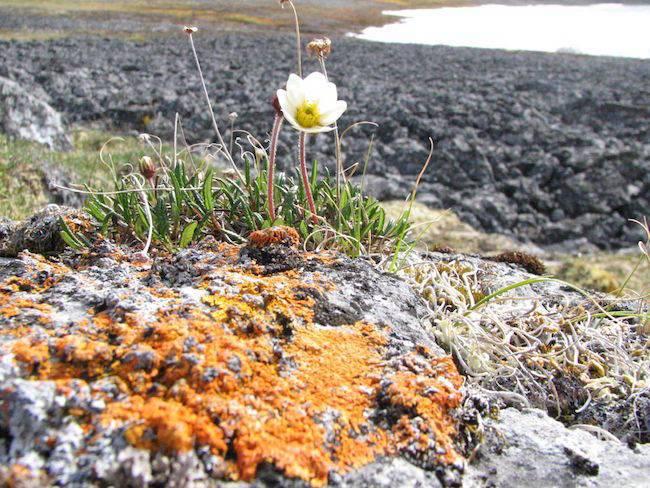
Petroleum is finally beginning to relax its grip on the global economy. One sign is the raft of new investments in renewable energy by leading oil and gas companies. Some have even been selling off their assets in the ultimate "carbon bomb," Canadian oil sands. In the latest sign of a tipping point, last week the U.S. tried -- and all but failed -- to auction off 900 parcels of land for oil and gas development in the federal National Petroleum Reserve on Alaska’s North Slope.
Not too long ago an auction like that would have touched off a veritable gold rush of eager bidders. Now it looks like the lack of interest could ripple into the Trump administration's plans for drilling in ANWR, the Arctic National Wildlife Reserve.
Cricket chirps for the Alaska oil auction
The Washington Post has an in-depth analysis of last Wednesday's Alaska oil lease auction. Do read the piece for full details, but for those of you on the go reporter
In contrast, the Trump administration's proposal to open up the Arctic National Wildlife Refuge for oil development has touched off a firestorm of controversy. The Republican-controlled U.S. Congress followed up with bills in both the House and Senate permitting Alaska oil development in ANWR, as part of the new Republican tax plan.
So, is ANWR safe?
The short answer is that ANWR could be safe, at least for the foreseeable future, judging by the response to the new lease auction.
As described by Grandoni, last week's auction pulled in just seven bids that cumulatively didn't even cover 1 percent of the offered land.
To put that in terms of acreage, the Bureau of Land Management put up a total of more than 10 million acres for oil rights, but just under 80,000 acres received bids.
It's possible that objections from environmental organizations helped to dampen the interest. The leases were within Alaska's National Petroleum Reserve, but the name is a bit misleading. The legal framework that established the Reserve provided for environmental protection as well as energy development. That makes NPR drilling a sensitive issue, even when it's not in the full glare of the media spotlight.
On the other hand, simple bottom line factors may also be at play. The seven new leases adjoin existing leases, indicating that some drillers are only willing to sink money into property that already has the necessary infrastructure at hand. That doesn't bode well for ANWR development.
Here's a Bureau of Land Management official cited by Grandoni:
“I really can't speculate on why interest varies from year to year...It is important to note that the further west you travel in the NPR-A [National Petroleum Reserve - Alaska] there is currently a lack of infrastructure to support development. All of the leases sold yesterday adjoin current leases.”
Another factor could be that drilling for oil on the North Slope is just not what it used to be. According to our friends over at Wikipedia, oil development in the North Slope began in the late 1960s and has been in steady decline since production peaked in the late 1980s.
In 2010 Reuters noted that the rate of decline in Alaska oil production could begin to slow, but since then it's been a seesaw. With competition from the shale gas boom in full swing by 2013, Business Insider saw signs of a "major decline" for the North Slope. Just last year, though, an apparent "mega-discovery" raised hopes again.
Who wants oil in ANWR?
For now, the failed lease auction could provide some ammunition to the ANWR protection side. After all, it's harder to justify establishing new oil fields if the existing ones still have plenty of availability.
Further dampening interest in ANWR is the prospect that legal challenges will exacerbate the "high-risk 'frontier'" nature of development.
One potential suitor for ANWR development could be ConocoPhillips, but even that appears to be a longshot.
In partnership with Andarko, ConocoPhillips was the only company to bid on last week's lease auction, which explains why it won all seven leases.
On the other hand, ConocoPhillips is one of the major oil companies (including ExxonMobil) rushing to downgrade or divest Canadian oils sands assets in recent months, so it's not obvious that the company would be eager to jump into another incendiary and high-profile endeavor.
Photo: Madhav Pai/flickr.

Tina writes frequently for TriplePundit and other websites, with a focus on military, government and corporate sustainability, clean tech research and emerging energy technologies. She is a former Deputy Director of Public Affairs of the New York City Department of Environmental Protection, and author of books and articles on recycling and other conservation themes.














